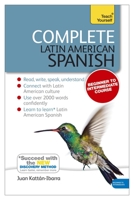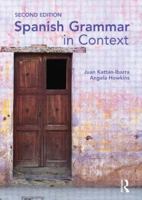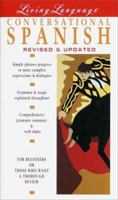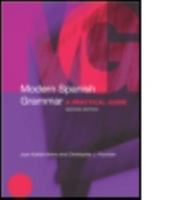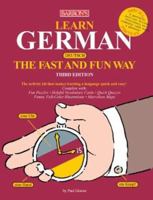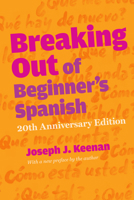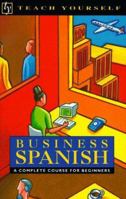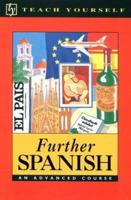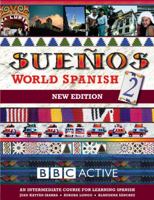Conversational Spanish
Select Format
Select Condition 
You Might Also Enjoy
Book Overview
Uses a functional approach to teach students the language skills needed to communicate in a variety of everyday situations, such as asking for directions, taking public transportation, and ordering food. Integrating grammar and vocabulary, this work gives students a practical context for learning and highlights important cultural features.
Format:Paperback
Language:English
ISBN:0844273430
ISBN13:9780844273433
Release Date:January 1997
Publisher:McGraw-Hill
Length:184 Pages
Weight:0.70 lbs.
Dimensions:0.5" x 6.0" x 8.9"
Related Subjects
Archaeology Ancient Asia China General History Modern (16th-21st Centuries) Reference Rome WorldMore by Juan Kattán-Ibarra
Customer Reviews
5 customer ratings | 5 reviews
Rated 5 starsGood Spanish textbook
By Thriftbooks.com User,
A good textbook for ones who wants to study Spanish from zero level at home. Perfect for the beginners but not very deep. You may need an additional textbook to learn grammar. There are many conversations, common phrases and useful expressions in 18 lessons. A small Spanish-English vocabulary at the end of the book is also helpful.
0Report
Rated 4 starsGood book - not perfect
By Thriftbooks.com User,
To be perfect and outstanding this book should have a Audio CD with all those conversations that available in the book. But in generally, it helps a lot.
0Report














